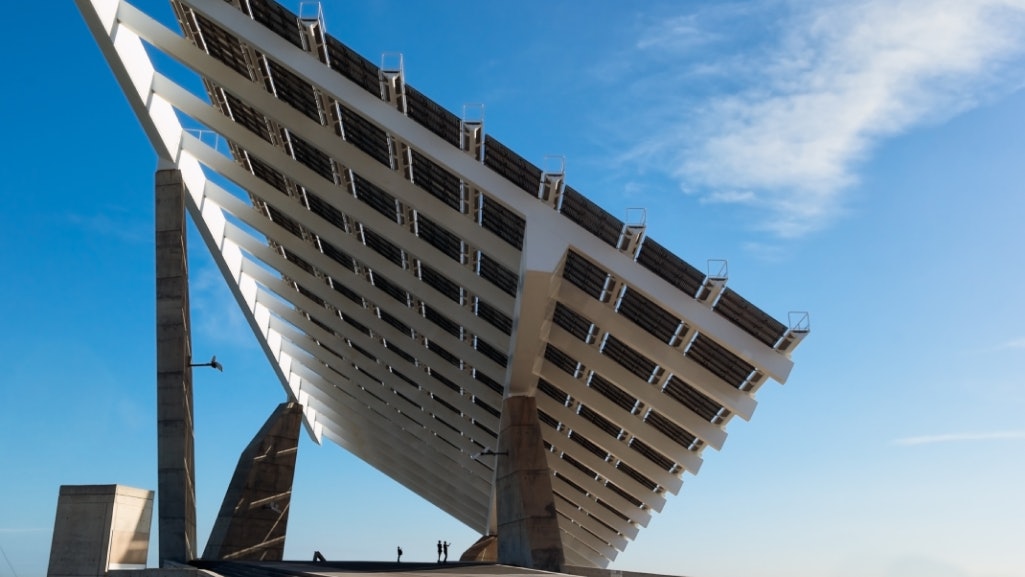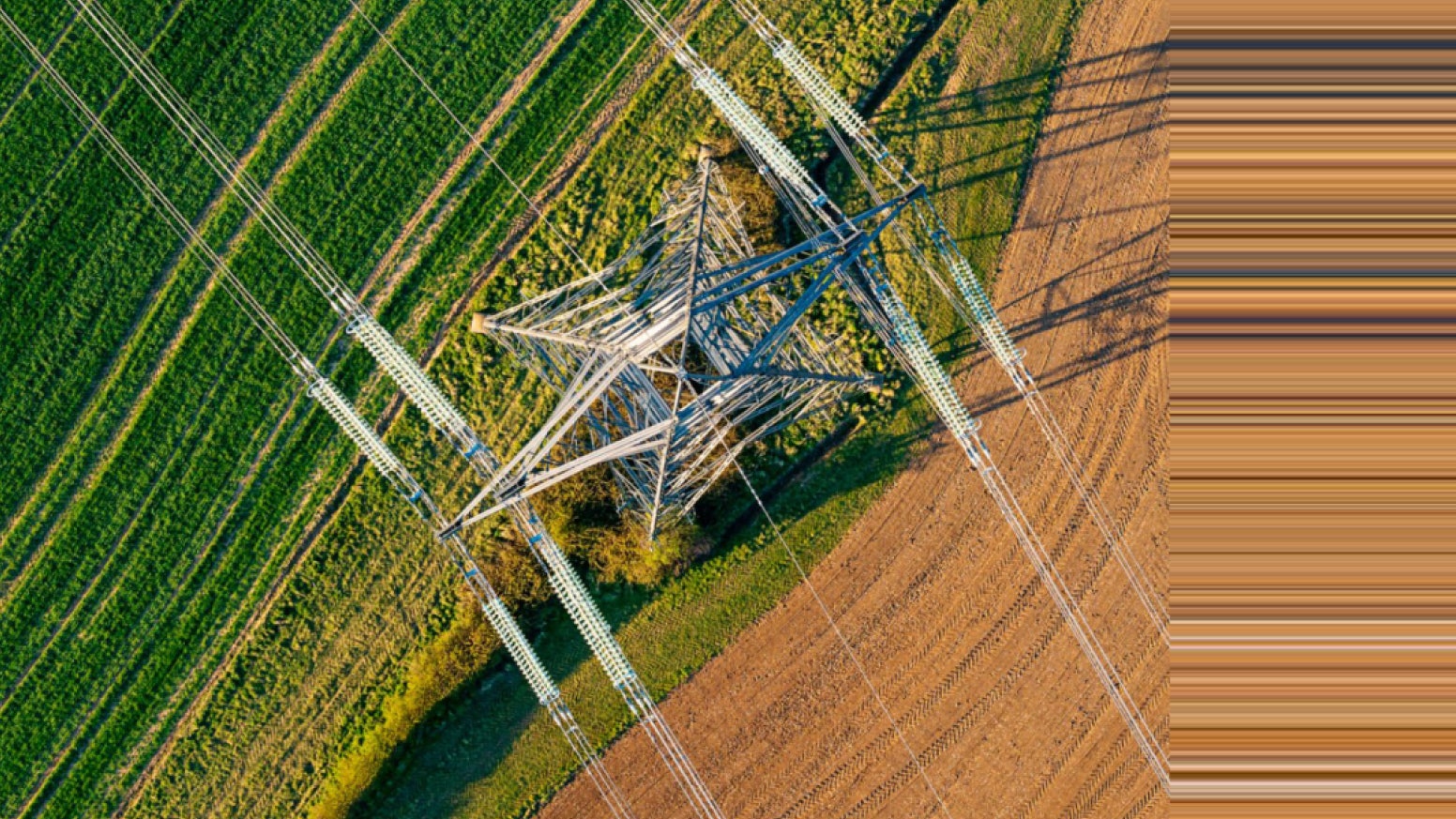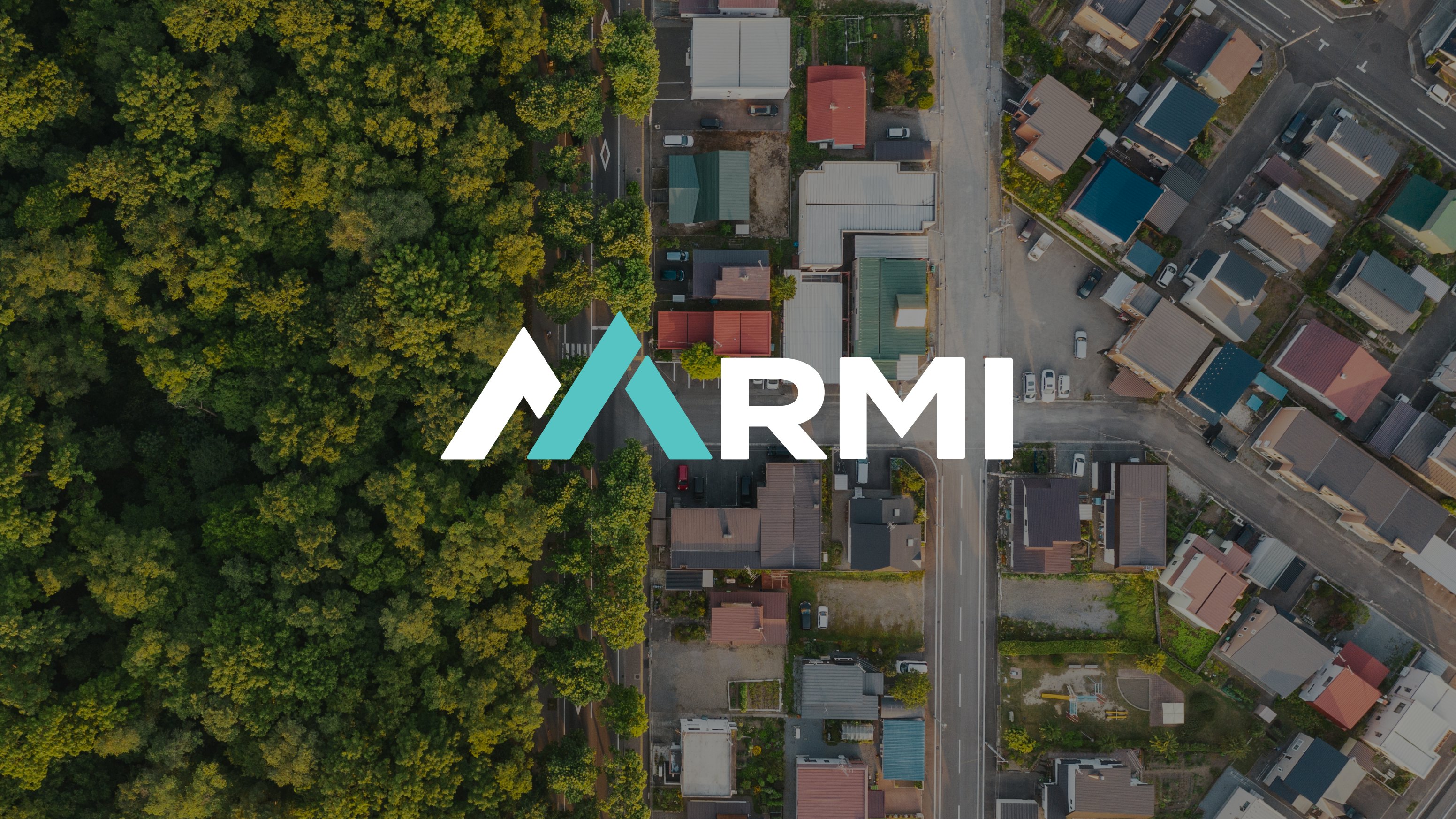How solar companies can prep for NEM 3.0 and beyond

Big changes are in motion for the solar industry. Last week, California’s new Net Billing policy (also known as NEM 3.0) took effect, fundamentally changing how home and business owners are compensated when their solar system feeds power back to the grid. As with any big shift in policy, there are risks and opportunities.
Here at Arcadia, we prepared for this transition by upgrading both our Switch and Spark products to help our customers make the most of the new policy. We’ve developed support for long-term savings forecasting and processes to handle the new export adder rate structures. We’re also releasing a service to help identify customers eligible for the CA Tribal and Disadvantaged Communities additional incentives. We’re committed to staying at the forefront of implementing NEM 3.0 tools, and our existing customers agree.
“Arcadia certainly has the most flexible, extendable solution, and their storage modeling in particular leads the market,” said Sean Green, Managing Partner at Simply Solar.
Let’s dive into how Arcadia and your solar company can work together now that the Net Billing Tariff is in place.
Adapting to the new economics of solar
If you sell solar in California, you’re likely to be familiar with NEM 2.0, the utility program that pays the homeowner a little less for power exported to the grid than they would pay to import that same power. Now with NEM 3.0, the price paid for exports will change every hour to reflect the expected costs and benefits of that exported power to the grid.
That’s why adding storage to your solar system will help you maximize savings. Arcadia has launched its new Spark storage model to make that challenge easier to solve. The Spark storage model accounts for the hourly price differentials, instantaneous netting, adders, discounts, and minimums that comprise NEM 3.0 — in combination with your customer’s utility usage and estimated solar production — to provide you with a custom, optimized charge-discharge schedule for your storage system.
With the optimized storage charging schedule from the Spark storage model, you can ensure that you’re charging your battery when the export price is low and discharging it when the price is high, saving your customer money and providing stability to the grid.
More accuracy with interval data under NEM 3.0
With export prices that change every hour, customer savings under NEM 3.0 will be highly sensitive to the hourly usage captured by their smart meter.
Fortunately, Arcadia offers access to interval data retrieved directly from the utility, ready for use in the Spark storage model and Switch calculations. With Plug intervals, your customer’s savings calculation will reflect their behavior (e.g. work from home) and devices (EV, pool, etc.) and set the best possible expectations for future savings.
After installation, Plug interval data allows Solar developers to demonstrate ongoing savings to their customers, inform their storage scheduling, and alert the customer to usage changes that will impact their savings.
Arcadia can help you maximize solar sales under NEM 3.0
Even though NEM 3.0 is a state-specific policy, its impact will still be felt nationally, as most solar and storage providers have operations in California. As the leading provider of solar savings calculations to the rooftop solar industry, Arcadia has upgraded its capabilities to help you make the most of the upcoming transition to NEM 3.0.
Get in touch with our team to dive deeper into our product updates, or check out our recent webinar on the issue. We’re ready to work with your solar and storage business to prepare for what’s next in the industry.

Contact our team for more on how to access Plug interval data.
Contact our sales team

